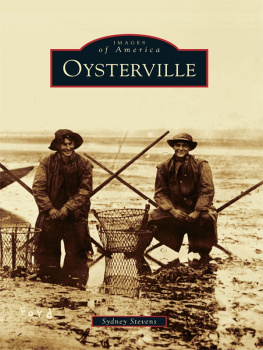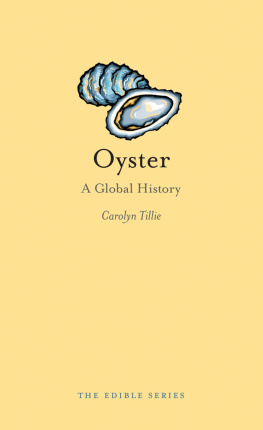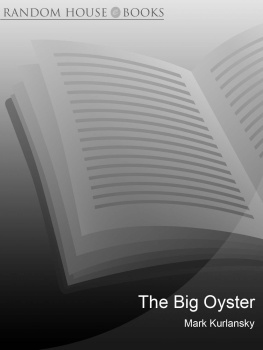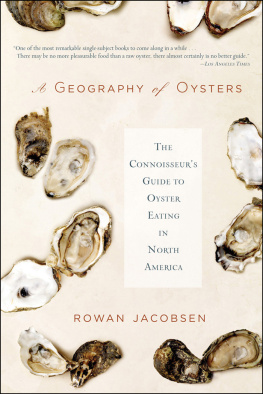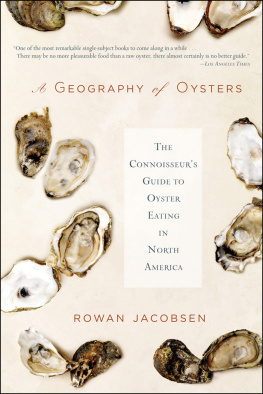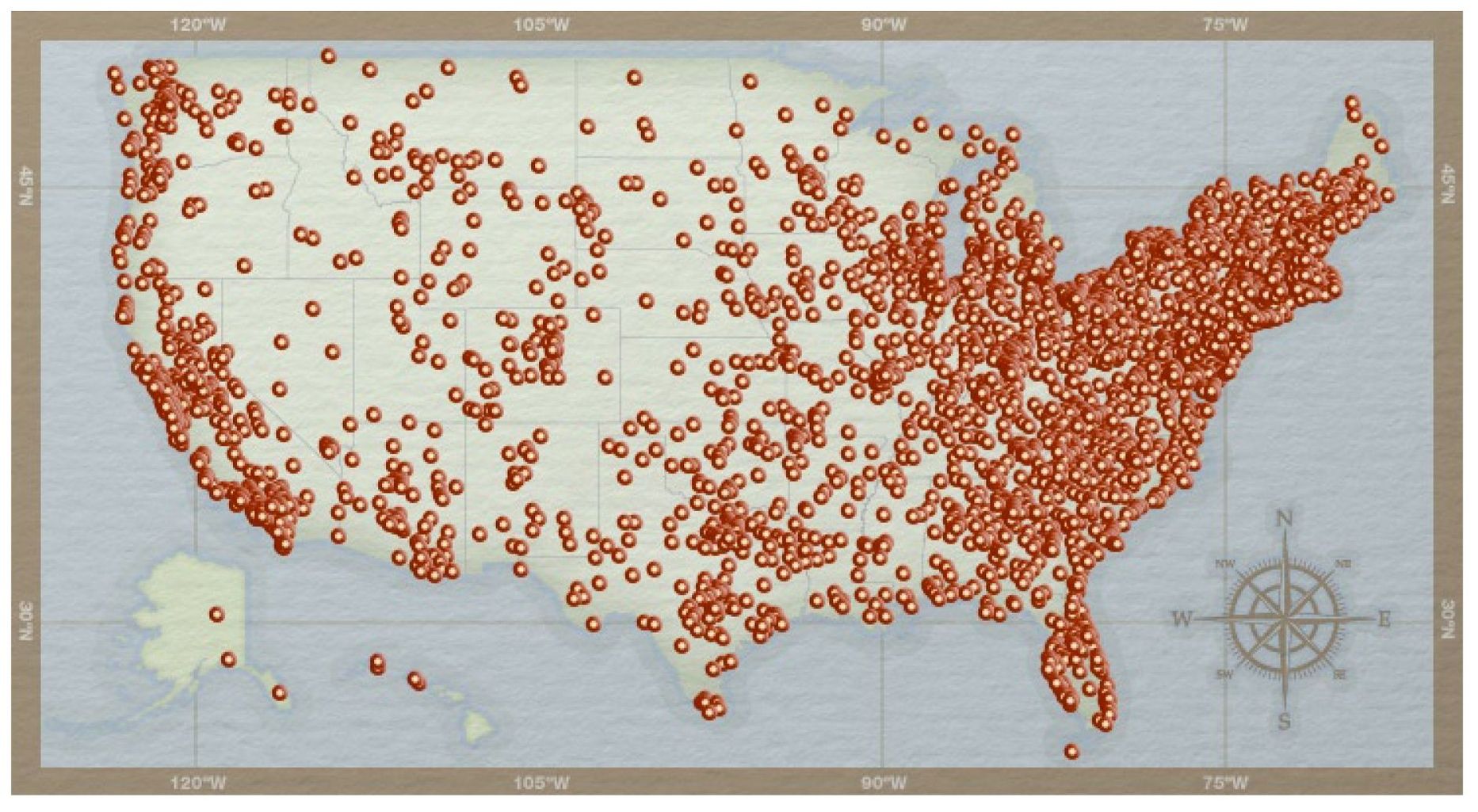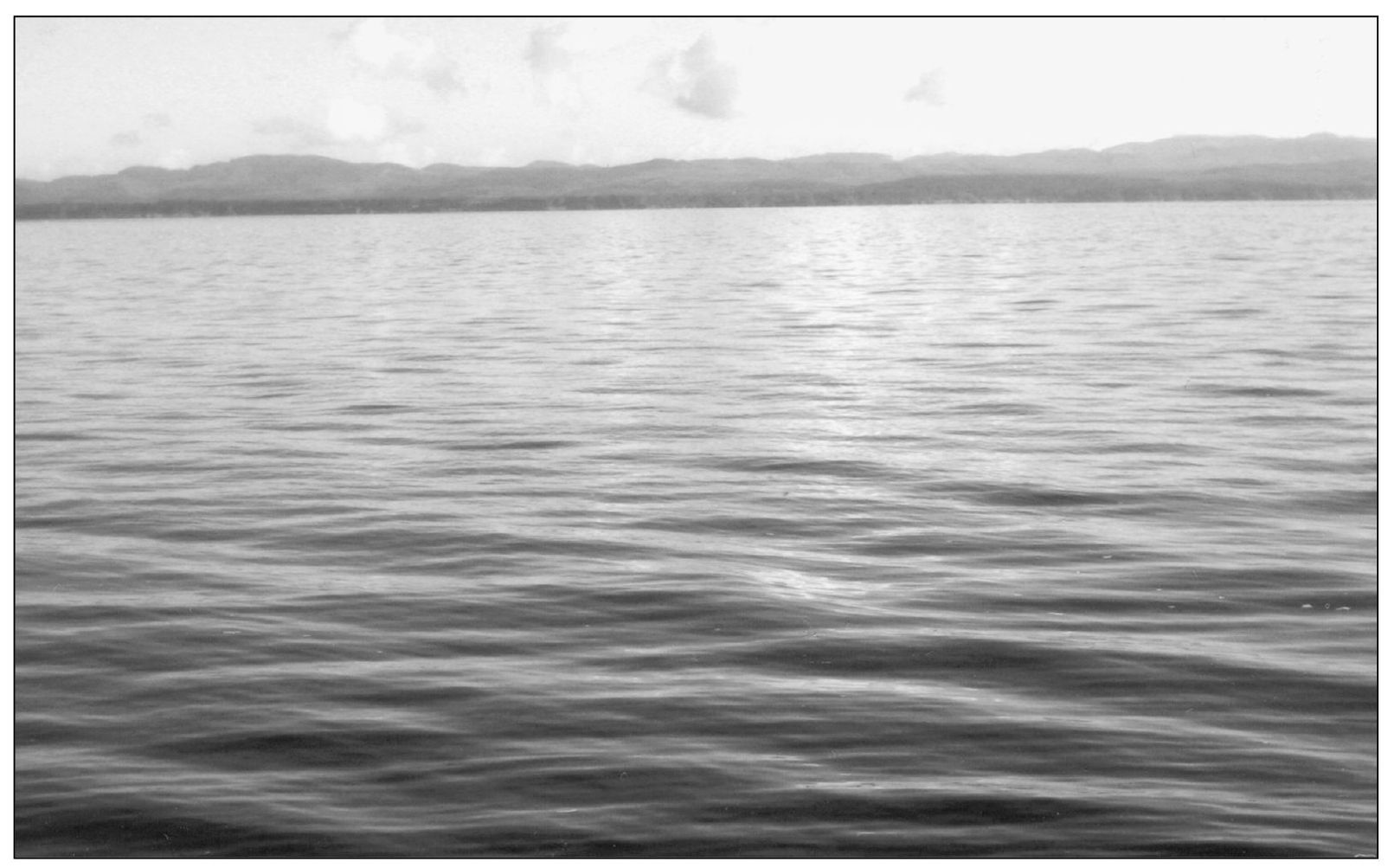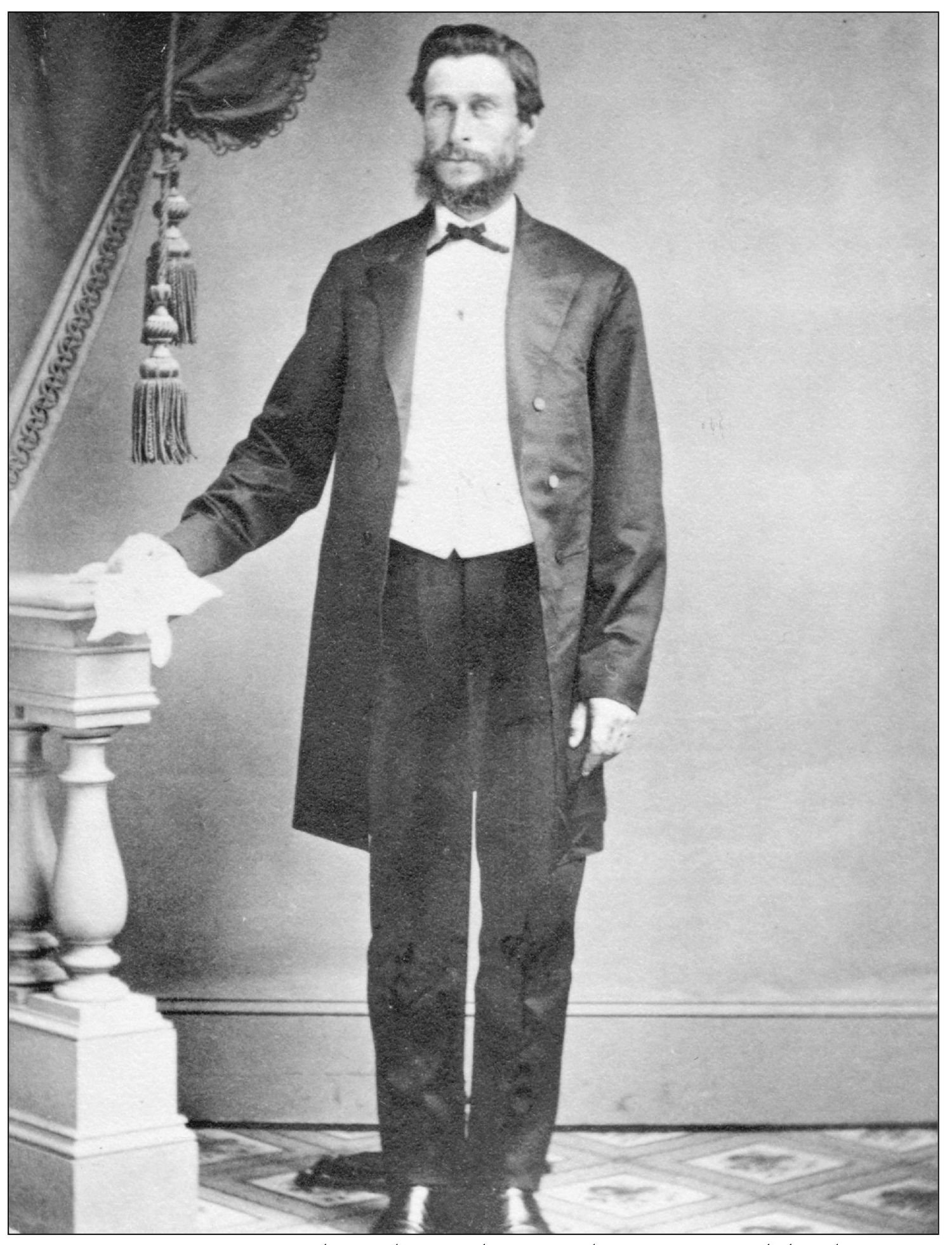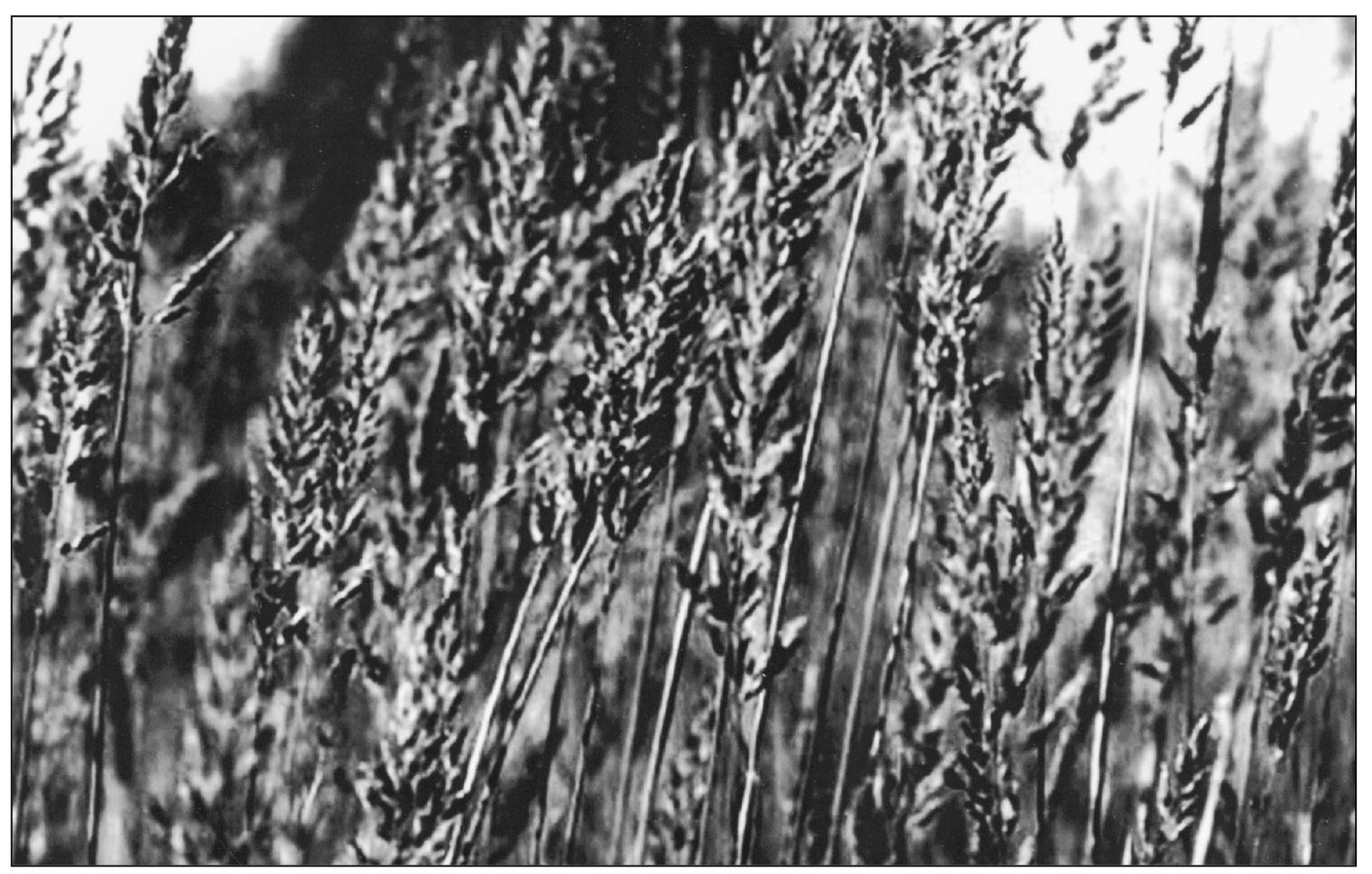ACKNOWLEDGMENTS
This book is a collaborative effort. It could not have happened without the generosity of the many people who have kept and gathered and treasured the images and stories of Oysterville. In particular, I would like to thank Ann Memi Sherwood Anderson, Virginia Ann Holway Driscoll, Dan Driscoll, Patricia Fagerland, Lisa Farnham, Larry Freshley, Ray Gardner, Charlotte Jacobs, Peter Janke, William Y. LaRue, Jackie Manning, Betsy Millard, Barbara Minard, Anne Cannon Nixon, James R. Sayce, John McNamara, Katherine Holway Smith, Judy Heckes Stamp, Paul E. Staub, Nyel Stevens, Alan Trimble, Mark Tyler, Tucker Wachsmuth, Karla Webber, Dobby Wiegardt, and Rodney Williams.
Most especially, I want to express my appreciation to Tucker Wachsmuth for sharing with me his extensive knowledge of early maritime and oystering practices on Shoalwater Bay, and to Dobby Wiegardt for reading the manuscript for accuracy regarding modern-day oystering techniques.
The images in this volume appear courtesy of the Columbia Pacific Heritage Museum (CPHM), Dan and Louis Oyster Bar (D&L), the Espy Family Collection (EFC), the Heckes/Kemmer family (HKF), the Pacific County Historical Society (PCHS), the Sherwood family (TSF), and others as noted.
BIBLIOGRAPHY
Barrett, Elinore M. The California Oyster Industry. The Resources Agency of California Department of Fish and Game, Fish Bulletin 123, 1963.
Davis, Edgar and Charlotte. They Remembered, Books I-IV. Ilwaco, WA: Pacific Printing, 19811994.
Espy, Robert Hamilton. Oral History 1918. Espy Family Archive. Oysterville and Tacoma, WA: 18541999.
Espy, Willard R. Oysterville: Roads to Grandpas Village. New York: Clarkson N. Potter, Inc. Publishers, 1977.
Feagans, Raymond J. The Railroad That Ran by the Tide . Berkeley, CA: Howell-North Books, 1972.
Florin, Lambert. Washington Ghost Towns. Seattle, WA: Superior Publishing Company, 1970. Gibbs, James A. Pacific Graveyard. Portland, OR: Binfords and Mort, 1973.
Oesting, Marie. Oysterville Cemetery Sketches. Ocean Park, WA: 1988.
Ramsey, Guy Reed. Postmarked Washington: Pacific and Wahkiakum Counties. Lake Oswego, OR: Raven Press, 1987.
Swan, James G. The Northwest Coast or Three Years Residence in Washington Territory . Seattle, WA: University of Washington Press, 1972.
The Souwester, Volumes IXLIV. South Bend, WA: Pacific County Historical Society, 19662008.
Willapa Harbor Pilot, Oyster Edition. South Bend, WA: 1906.
Find more books like this at
www.imagesofamerica.com
Search for your hometown history, your old
stomping grounds, and even your favorite sports team.
One
DISCOVERY
NATIVES ON SHOALWATER BAY. For generations, the Chinook Indians had gathered the succulent little Native oysters that grew abundantly in the bay tidewaters of their homelandthe body of water that, in 1788, explorer Capt. John Meares would name Shoalwater Bay. The bounteous oyster supply must have seemed never-ending to the small population of local Chinooks, whose numbers, even before white contact, never exceeded 3,000. (Tucker Wachsmuth.)
PERFECT BRINY BROTH. Though it varies by season and weather, the amount of water entering and leaving Shoalwater Bay at each tide turn averages 7.5 million gallons per second. The difference between high and low water levels may be as much as 12 or as little as 6 feet, and at an extreme low tide, more than half the bays 70,400 acres are exposed. Seven rivers flow into the bay, and their fresh water, mixing with the salty sea, provided the perfect briny environment for propagation of the tiny Ostrea lurida. When, in 1850, Charles Russell, from Pacific City near Cape Disappointment, introduced the oysters into the bustling San Francisco market, demand for the delectable shellfish was immediate. (Sydney Stevens.)
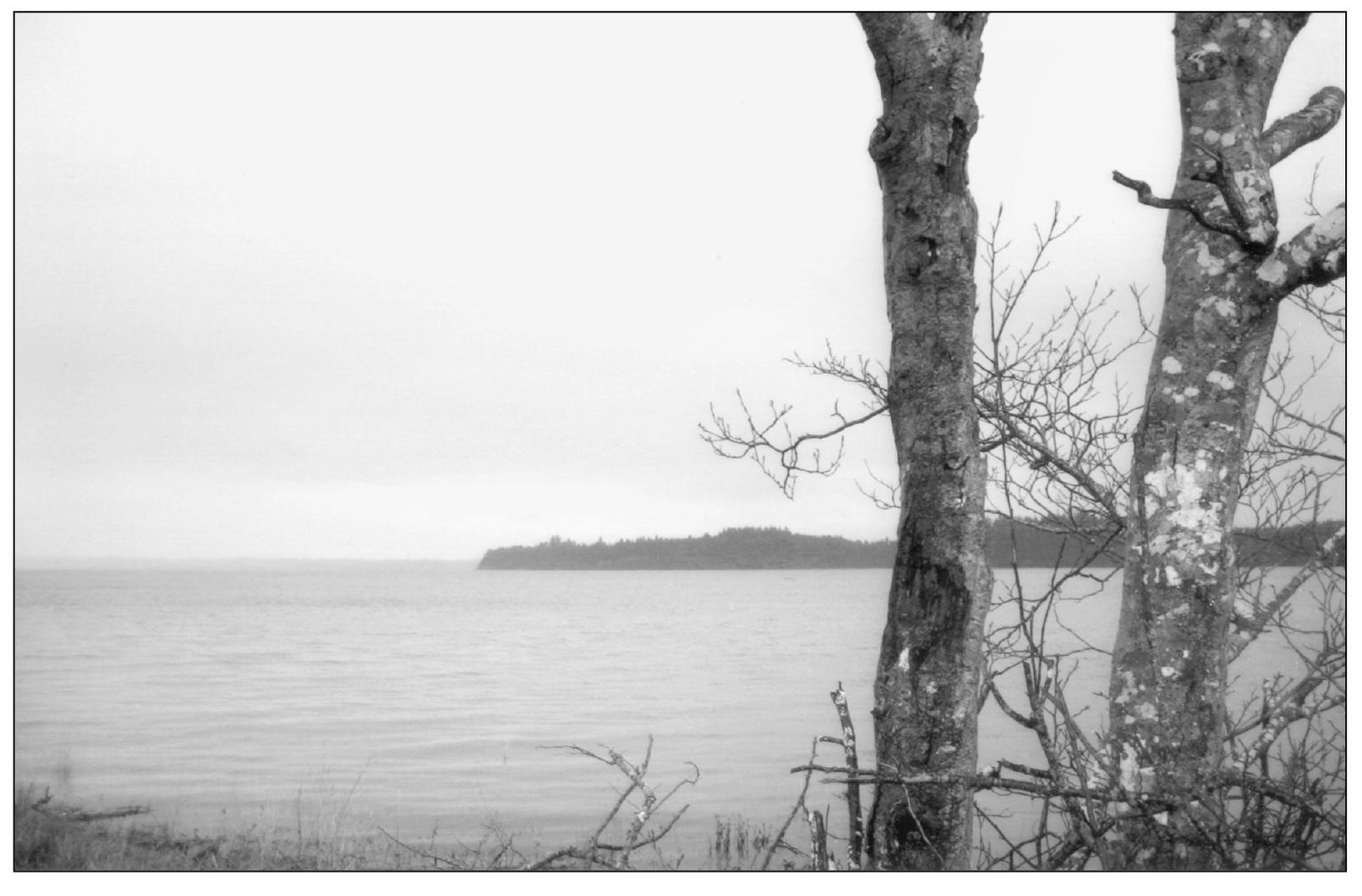
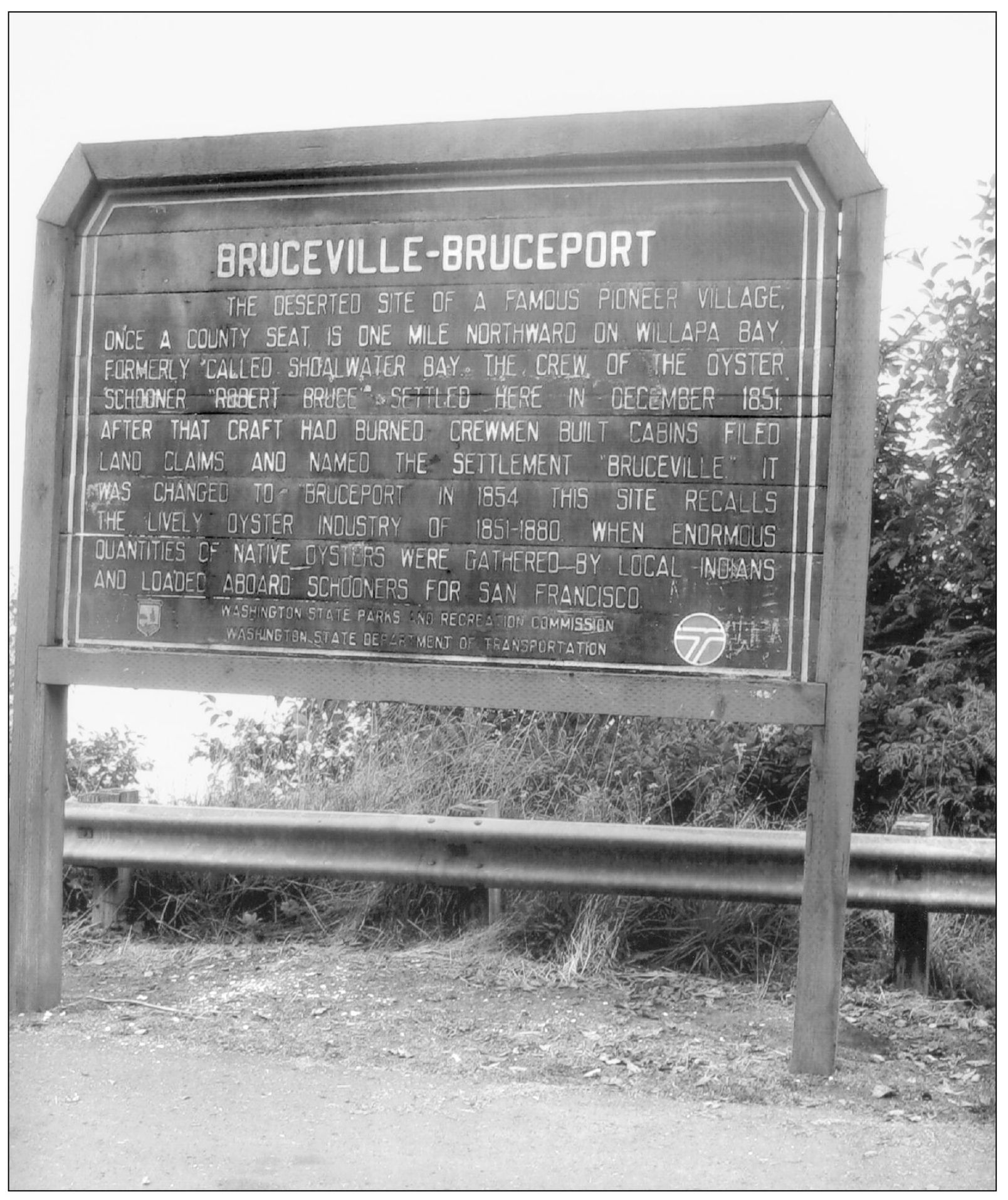
THE BRUCE BOYS. On December 11, 1851, the ill-fated Robert Bruce anchored in Shoalwater Bay. The 80-foot, two-masted schooner had been purchased in San Francisco by eight East Coast oystermen who had failed at their search for fortune in the gold fields of California. Learning of oyster treasure in the little-known bay to the north, the men pooled their resources, bought and outfitted the Robert Bruce , and headed for Shoalwater Bay. Shortly after their arrival, however, their schooner burned to the waterline. The shipwrecked prospectors, known thereafter as the Bruce Boys, built a communal lodge on shore opposite the wrecked Robert Bruce , beginning Bruceville (later Bruceport), the first settlement on Shoalwater Bay. The Bruce Boys lost no time replacing their ship and establishing a foothold in the lucrative San Francisco oyster trade. Eroding sands finally allowed the bay to claim the little town and now only a roadside sign marks the location of the once-thriving community. (Sydney Stevens.)
ROBERT HAMILTON ESPY. Pennsylvania-born Robert Hamilton Espy crossed the plains in 1852, arriving in Astoria, Oregon Territory, in the spring of 1853. He was 26 years old and was looking for an opportunity. Since his past experience had included some logging, he was able to find work as a timber cruiser for an Astoria sawmill. His work soon took him across the Columbia River to the east side of Shoalwater Bay, where he spent the summer and fall months. It was during this time, according to Espy family lore, that young Hamilton (his Christian name of preference) ate his first oyster. In late October, he built a log cabin on the Palix River, not far from the communal lodge of eight recently arrived Bruce Boys. They were cordial, willingly sharing their meals, their whisky, and an occasional game of poker. But when Espy expressed interest in their oystering enterprise, their hospitality abruptly ended. (EFC.)
OLD KLICKEAS. While Espy was living on the Palix River, Old Klickeas, a Chinook tribal elder, told him about a stand of oysters on the west side of Shoalwater Bay, across and somewhat south of the Bruce Boys operationan area he called tsako-te-hahsh-eetl , meaning place of the red-topped grass. It was where Chinook families went each spring to gather salmonberries. If you meet me there in six months, Klickeas told Espy, Ill show you more oysters than the Bruce Boys ever dreamed of. Espy wintered in Astoria, and toward spring he met Isaac Clark, who was about the same age, also enjoyed playing poker, and was interested in seeking his fortune. In April, the two headed for Espys rendezvous with Klickeas. (Lisa Farnham.)

